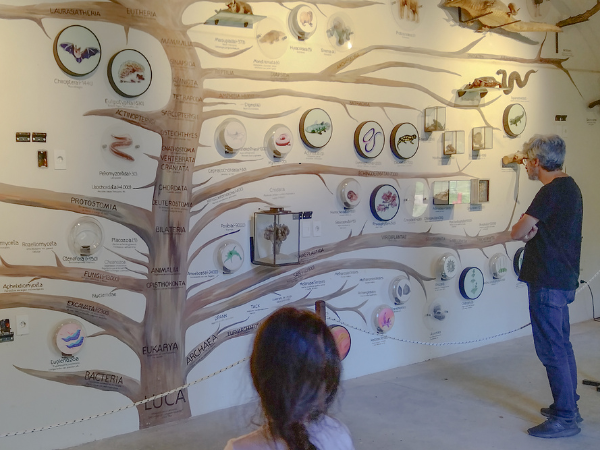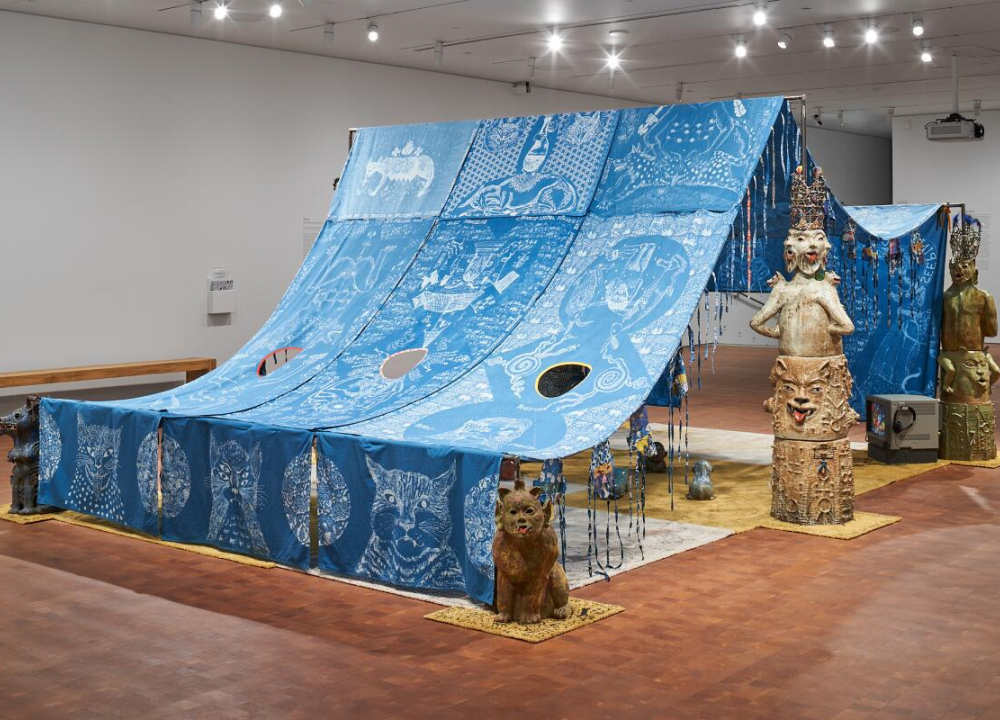The year 2025 will be remembered as a turning point in the global art world. From groundbreaking exhibitions to the integration of cutting-edge technology, museums and galleries redefined how audiences experience creativity. This was not just another year of art shows—it was a cultural milestone that reshaped the way people engage with artistic expression.
The Global Art Scene Reawakens in 2025
After years of uncertainty in the cultural sector, 2025 marked a full revival of international art events. Cities across the globe hosted exhibitions that drew record-breaking crowds, signaling a renewed appetite for shared cultural experiences.
- Major biennales returned with expanded programs.
- International travel for art tourism surged back to pre-pandemic levels.
- Galleries reported unprecedented sales of both contemporary and classical works.
- Public art installations became central to urban cultural planning.
- Governments increased funding for cultural diplomacy through art.
This resurgence highlighted how art serves as a universal language, bridging divides and fostering dialogue. The global art community not only recovered but also evolved, proving its resilience and adaptability in a rapidly changing world.
Record-Breaking Attendance at Major Exhibitions
One of the most striking features of 2025 was the sheer number of visitors flocking to museums and galleries. Attendance figures shattered previous records, demonstrating the enduring power of art to captivate audiences.
- The Louvre in Paris welcomed over 12 million visitors.
- The Venice Biennale saw its highest turnout in history.
- Traveling exhibitions of Van Gogh and Frida Kahlo drew millions worldwide.
- Contemporary art fairs in Basel, Miami, and Hong Kong sold out within days.
- Regional museums reported significant increases in local engagement.
These numbers underscored a collective desire to reconnect with culture in physical spaces. Beyond statistics, the emotional impact of standing before a masterpiece or an immersive installation reminded people why art remains essential to human experience.
Technology and Immersive Installations Redefine the Gallery Experience
In 2025, technology was no longer a novelty in art—it became a core part of the exhibition experience. Museums embraced digital innovation to create immersive environments that blurred the line between viewer and artwork.
- Virtual reality (VR) exhibitions allowed audiences to step inside famous paintings.
- Augmented reality (AR) apps enhanced traditional gallery tours.
- AI-generated art gained recognition in curated shows.
- Interactive projection mapping transformed museum walls into living canvases.
- Blockchain authentication secured provenance for digital artworks.
These innovations expanded accessibility and engagement, particularly for younger audiences. By merging creativity with technology, institutions ensured that art remained relevant in a digital-first era while still honoring traditional forms.
Rising Voices: Spotlight on Emerging Artists Worldwide
2025 was also a year when emerging artists gained unprecedented visibility. Curators and collectors actively sought out fresh perspectives, amplifying voices that had long been underrepresented.
- African contemporary artists gained global recognition.
- Indigenous creators were featured in major international exhibitions.
- Women artists achieved record-breaking auction results.
- Street art and graffiti entered mainstream museum spaces.
- Digital-native artists built careers through online platforms.
This shift signaled a democratization of the art world, where talent and originality mattered more than geography or traditional networks. The rise of new voices enriched the global conversation, ensuring that art reflected the diversity of human experience.
Cross-Cultural Collaborations That Shaped the Year
Collaboration was a defining theme of 2025. Museums, artists, and cultural institutions worked across borders to create exhibitions that celebrated shared heritage and global dialogue.
- Joint exhibitions between European and Asian museums.
- Collaborative projects between Indigenous and contemporary artists.
- Traveling shows that rotated between continents.
- Partnerships between public institutions and private collectors.
- Cross-disciplinary collaborations with fashion, music, and film.
These initiatives fostered cultural exchange and mutual understanding. By breaking down barriers, they reminded audiences that art is not confined by borders but thrives through connection and collaboration.
Museums Embrace Sustainability and Social Impact
Another hallmark of 2025 was the art world’s commitment to sustainability and social responsibility. Institutions recognized their role in addressing global challenges and reshaped their practices accordingly.
- Eco-friendly exhibition design reduced carbon footprints.
- Museums adopted green building certifications.
- Programs highlighted climate change and environmental justice.
- Community outreach initiatives expanded access to underserved groups.
- Ethical collecting practices gained prominence.
This focus on sustainability demonstrated that art is not only about beauty but also about responsibility. By aligning with global priorities, museums positioned themselves as leaders in shaping a more conscious and equitable future.
The Role of Digital Platforms in Expanding Access to Art
Digital platforms played a crucial role in 2025, making art more accessible than ever before. Online engagement complemented physical exhibitions, ensuring that audiences worldwide could participate.
- Virtual museum tours reached millions of remote viewers.
- Social media amplified the visibility of exhibitions.
- Online ticketing systems streamlined global attendance.
- Digital archives preserved rare works for future generations.
- NFT marketplaces expanded the definition of art ownership.
These tools democratized access, allowing people from all walks of life to engage with art. The digital shift did not replace physical experiences but enhanced them, creating a hybrid model that will likely define the future of cultural participation.
Why 2025 Will Be Remembered as a Turning Point in Exhibition History
Looking back, 2025 was more than just a successful year for art—it was a transformative moment. The convergence of technology, inclusivity, sustainability, and global collaboration redefined what exhibitions could achieve.
- Audiences connected with art on deeper emotional levels.
- Institutions embraced innovation without abandoning tradition.
- Artists found new platforms to share their voices.
- Cultural exchange flourished across continents.
- The art world aligned itself with broader societal values.
Ultimately, 2025 proved that art is not static but ever-evolving. It reminded us that exhibitions are not only about displaying works but also about shaping conversations, inspiring change, and connecting humanity through creativity.




